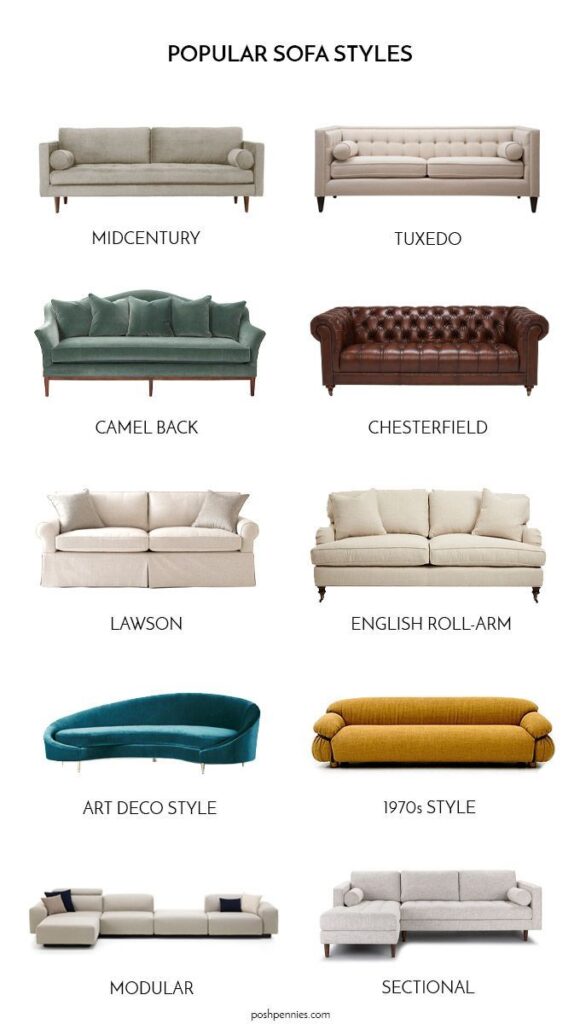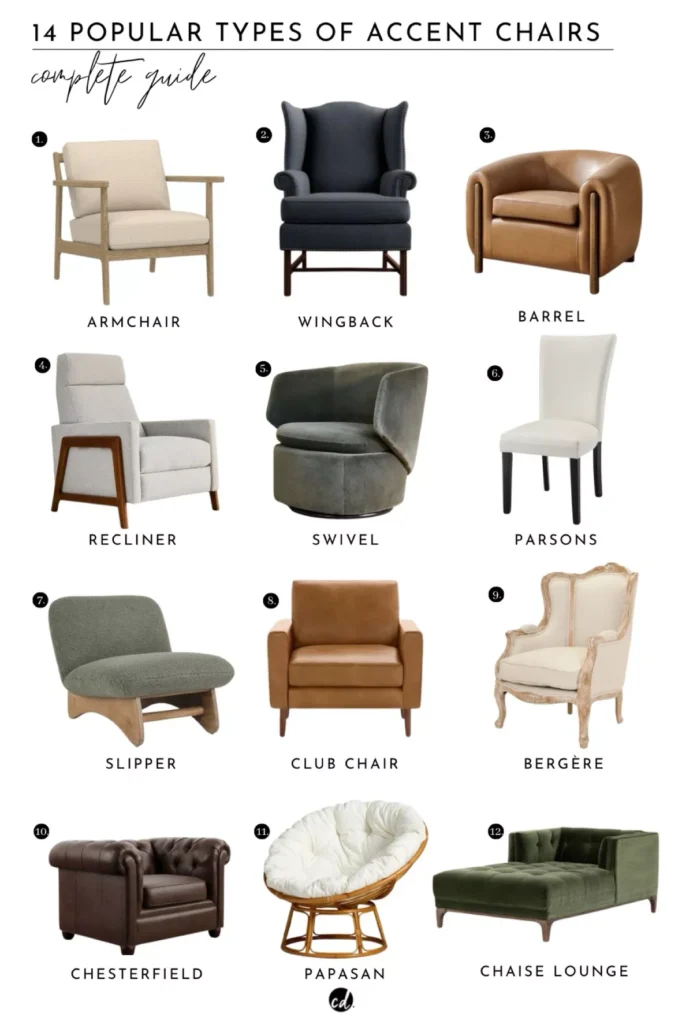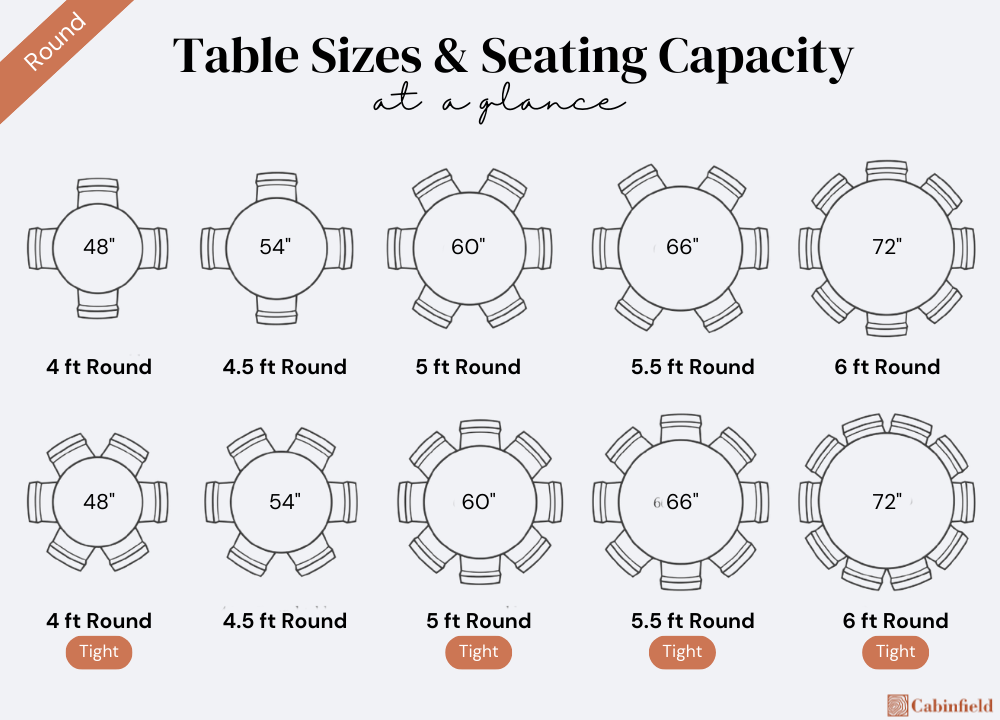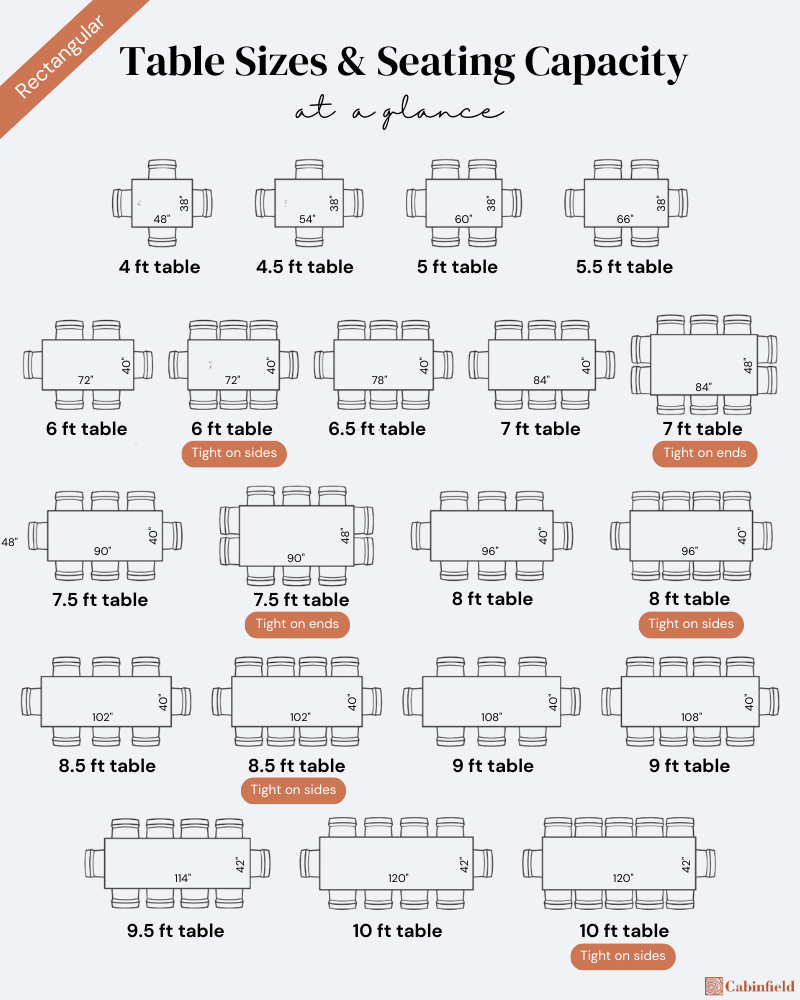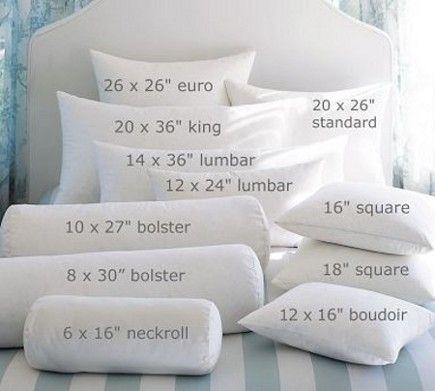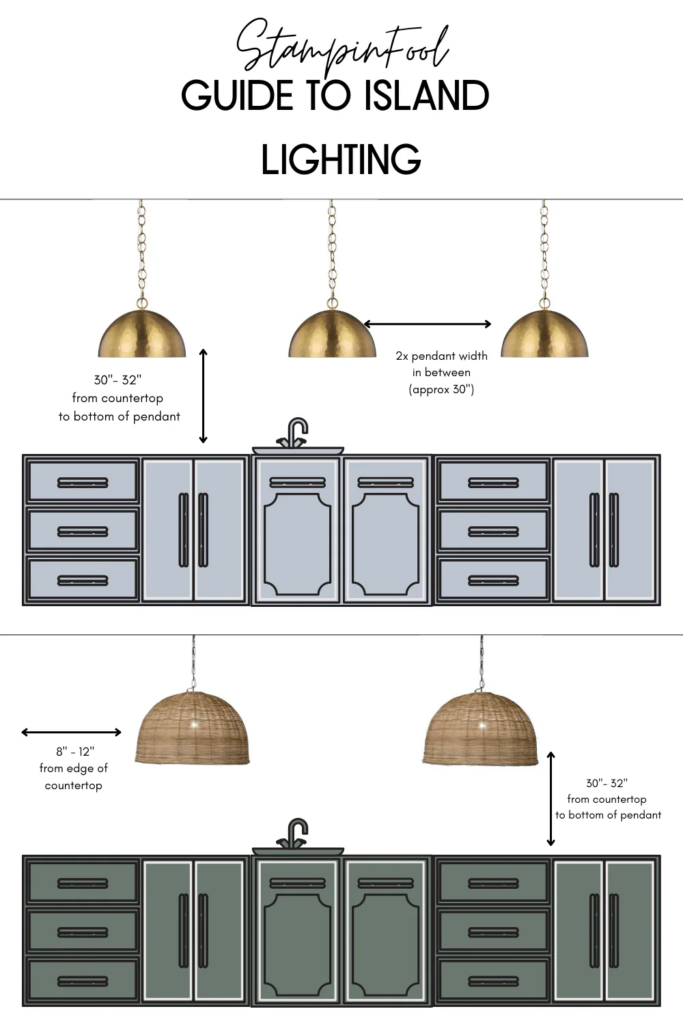Choose the Right Chair
Chairs in the living room are an essential part of your home! They not only add style but also provide a cozy spot to sit back and relax. Living room chairs are typically designed for one person and come in many comfy styles that can personalize your space. Choosing the right chair can make a huge difference, as it should feel great while also fitting in beautifully with your room’s décor.
With so many styles, there’s a living room chair for everyone. Whether you prefer a reclining chair or one that hugs you with soft cushions, you will find the perfect match.
- Armchair-
Choosing The Right Size Dining Table
When it comes to picking the perfect dining table, size does matter! Finding the right size can significantly affect how functional and inviting your dining space feels. You want to ensure all your guests are comfortably seated while fitting in beautifully with your home’s decor. This guide is here to help you navigate all the details about dining table sizes and seating capacities to make the best choice for your home sweet home!
How to Decorate A Mantel
When it comes to decorating your mantel, have fun with it! Try layering items of various heights and textures for a lively look. Mix in both functional and decorative pieces, and don’t forget to choose elements that match your personal style and the vibe of the room. Happy decorating!
1. Begin with a Base:
- Mirrors: A large mirror placed in the center can work wonders! It adds depth and reflects light, making your space feel more open and inviting.
- Artwork: Consider hanging some artwork or leaning it against the mantel for a lovely touch, whether you’re going for a classic or casual vibe.
- Statement Piece: Anchor your display with an oversized decorative item, like a trendy sculpture or a unique vase, to make it stand out.
2. Layer and Build:
- Mix Heights and Textures: Play around with various heights! Tall candlesticks, stacks of books, and smaller decorative items can create fun visual interest. –
- Collections: If you have a collection of similar items, like vases or framed photos, showcase them together for a cohesive and stylish look.
- Layering: Don’t be afraid to overlap and layer your pieces! This will draw the eye in and add wonderful depth.
3. Add Functionality:
- Candles: Lighting some candles can add warmth and a cozy ambiance, especially on chilly evenings when the fire is crackling!
- Books: Stack some books on your mantel or include them in your display to introduce texture and a touch of sophistication.
- Vases: Vases aren’t just for flowers! Use them to hold greenery or other decorative items to brighten up your space.
4. Incorporate Personal Touches:
- Family Photos: Frame and display your favorite family photos to add a personal touch and make the space feel warm and inviting.
- Decorative Objects: Bring in decorative objects or figurines that reflect your personality and style—they add character!
- Seasonal Decor: Have fun switching your mantel décor with seasonal items like garlands, pumpkins in the fall, or festive Christmas decorations.
5. Tips for a Cohesive Look:
- Color Scheme: Choose colors that complement your room’s decor for a harmonious look.
- Balance: Mix your larger and smaller items to create a balanced display that feels just right.
- Keep it Simple: Remember, less is often more! A curated display will have more impact than a cluttered one.
- Consider the Size: Make sure your decorations match the size of your mantel; the correct scale can make all the difference! Embrace your creativity, and enjoy decorating your mantel!
Creating Your Bed Using Pillows
In my last post, I discussed the types of pillows you can use for your bed. Today, I will teach you how to use those pillows when making your bed. Of course, you don’t have to use all these pillows.
I love pillows and have to admit that I have quite a collection! I enjoy using them to brighten our home, especially in the bedroom. So go ahead and give it a try at your home!
- Euro pillows
- Standard shams
- Standard case
- Boudoir sham
- Neckroll sham
- Flat sheet
- Coverlet
- Duvet cover
- Fitted sheet
- Bed shirt
Types of Pillows For Bed
Choosing pillows for your bed is an art. You need to know what size, shape, and how many you want.
To start, it’s essential to know your pillow type. The image below serves as a helpful general guide to the various pillow sizes that are typically available. The second and more complex aspect is determining where to purchase them. Pillow type is a personal preference, so understanding if you prefer down, down alternative, memory foam, or even buckwheat pillows (yes, they exist) will help you make the right choice. If you’re a fan of down pillows like I am, aim for those with a max power of at least 600. Remember that quality pillows should be used for sleeping, while decorative pillows are meant solely for aesthetics. There’s no need to spend a lot of money on decorative pillows.
Choosing The Right Size Area Rug For you Room
My clients often ask me what size area rug I need in their space. That is a great question. Here are some rules that you should observe.
Area Rug Size for Bedrooms:
Area Rug Size For Dining Room:
Choosing Paint Finishes
When I do a color consult, I am often asked this question. What type of finish should I paint the walls and trim? Here is a guide that will help you.
- Flat—This material is great at hiding flaws. It dries completely flat. It is not washable. It doesn’t reflect light. It is often used on the ceiling.
- Matte—This finish has just a hint of sheen for a durable finish. It gives the appearance of flat but is washable. It’s great for walls.
- Eggshell – A very sublet, soft finish. It has some sheen to it. Great for walls.
- Satin – A velvety finish with a smooth sheen. Good for walls. Good in high-traffic areas, like kitchens and bathrooms.
- Semi-Gloss – A lustrous, beautiful sheen for extra durability. Great for doors and trim work.
- Gloss – Brilliant, striking finish for maximum durability. Great for doors and trim.
Note: The higher the sheen in a paint, the more flaws you will see. Today’s trend is using matte on the walls.
Pendant Sizing
1. How big? It requires a bit of math! Generally speaking, you want 12″-16″ from the end of the island. The most common is 12″. Let’s say you have an island that is 120″ and want 4 lights. With 4 lights, you will have 5 open spaces, one on each end and 3 in the middle (one between each pendant). Using 12″ x 5 (open spaces) = 60″. Subtract from 120″, and you are left with 60″. Divide 60″ by the number of pendants (4 pendants), and you are left with 15″. This will be the diameter of your fixture. Can you figure out what the diameter would be if you were using 3 pendants? (Hint 24″)
2. How many? The rule of 3. In the design world, odd numbers work the best. That being said, rules are made to be broken. In the example I gave above, I use 4 pendants. Why? Because the island is very long and can handle four pendants. Just keep in mind that if you are going with less, use slightly larger pendants. If you are going with more, use slightly smaller pendants; above all, scale matters.
3. What height should I hang my pendants? They should hang 36″ to 48″ from the top of the counter to the bottom of the future. Be considerate of the sight lines. You don’t want the pendant to obstruct anyone’s views, nor do you want them to hit their heads!!
Think about it. Every day we get up, go to jobs we don’t really care about and hold our breath until the weekend. When we finally reach Friday, we feel relieved, but it only lasts for a short time. Saturdays are consumed with all the things we didn’t get to do during the week because we work so hard. We tackle all kinds of fun tasks like going to the cleaners, waiting in line at the bank, and the ever-popular grocery shopping. And let’s not forget the cleaning! If we’re really lucky on Sundays, we can collapse to prepare for another wonderful week. A friend recently mentioned that she feels like she’s living a “Groundhog Day” life, where nothing ever changes.
Can changing our perspective and a little Feng Shui help? You bet it can! Here are some tips and advice for not only getting through your day but enjoying it as well:
- Elevate your entrance, whether to your building, office, or cubicle. Display your name For others to see, allowing it to remind everyone that it represents YOUR space and your power. There is a strong intention behind presenting your name to the universe.
- Bring things from home that make you feel good to surround yourself with. Lots of people bring in pictures, and it’s a wonderful idea to create a space filled with people and things that you love. This can remind you of why you work so hard and what you hope to achieve through your work.
- Think positively! Positive thoughts not only send good vibes to those around you (which you will receive in return), but also enhance your energy and allow you to use your time more effectively. Perhaps the author of “The Little Train That Could” knew exactly what he was talking about.
- Celebrate a wall for all your accomplishments. Big or small, every achievement you’ve made in life COUNTS. Add to them the things you’ve never done but always wanted to: the trip to Paris that you never had time to take, ballroom dancing, another night class. Combining what you’ve already accomplished with what you hope to create in the future shows you how far you’ve already come and how much farther you can go in life.
- What is all this talk about Feng Shui colors? While it’s true that Feng Shui is associated with different colors for various areas of your life, primarily think about surrounding yourself with colors you love. You can later use the Bagua to determine which colors are appropriate for specific areas from a Feng Shui perspective and incorporate them as accent colors. However, your surroundings should consist of colors that make you feel good.
- Bagua your desk. Here’s a simple task to consider: you can find a Bagua online and print it out. Hold it in front of you with “Career” facing you and use it as a layout over your desk. The center of your desk relates to health, so keep that area clean and clear. What’s at the back left? That is your Wealth area, where you might want to place something that symbolizes good fortune for financial matters. Feng Shui Consultants often suggest a Red Envelope with 3 or 9 coins inside as a lucky item for that area. Got relationship issues? Check the back right corner of your desk. For relationships, we recommend looking for items in pairs. Two small statues, a photo of two items together, or just two flowers (silk, not dried) can be placed on your computer. Examine each area of the Bagua and decide what would be best to place there, based on what you want to change or achieve in your life.
- The Five Elements. I know this can be a bit more complex depending on whether you’re working on a room, a desk, or the entire exterior of a home or business. The elements have both constructive and destructive forces, and you need to be aware of this when using them. If you arrange them in a circle with Fire at the top, moving clockwise to Earth, Metal, Water, and then Wood, you’ll have the correct sequence. Some people wonder what to incorporate when dealing with a small space like a desk. Your Fire elements can be as simple as something red, which symbolizes fire. For Earth? A small plant in a tiny ceramic pot will work perfectly here. You get the idea. No one even needs to know you’re using Feng Shui.
- There’s a lot of fuss about Clutter and rightfully so. If you’re surrounded by clutter please remember that it relates to your mind. You can think straight, you can’t find anything or you forget appointments. Whoever came up with the saying ”A Place For Everything and Everything in it’s Place” was a genius. Get more organized and you’ll feel much better and more balanced.
In the world of cubicles many of us find ourselves in, there’s not much we can do to bring the outside in. Or is there? A small picture of a landscape that you love or a tiny desk top water fountain that you hear as well as see are different ways to feel in harmony with nature and your surroundings. If you’re lucky enough to have a window, check your view. If it’s not the most pleasing sight you’ve ever seen, hang a few sun catchers or a small wind chime. Change your perspective and you just might change your life.
- Finally, don’t be so worried about changing things around and doing the wrong thing from a Feng Shui Perspective. There is nothing you can change that can’t be changed back if it’s something you’re not in tune with. Try different things out and find what’s making YOU feel better at work. It may not go with every Principle of Feng Shui but it’s whatever works best for you. And don’t be afraid of change, sometimes it’s good to get things “moving” (yourself included) that have been “stuck”
While you still may get a touch of “Ground Hog Days” now and then, when you walk into your work space now you should feel a new sense of well being and harmony in your surroundings. That and a good cup of coffee are perfect ways to start your day at work!


